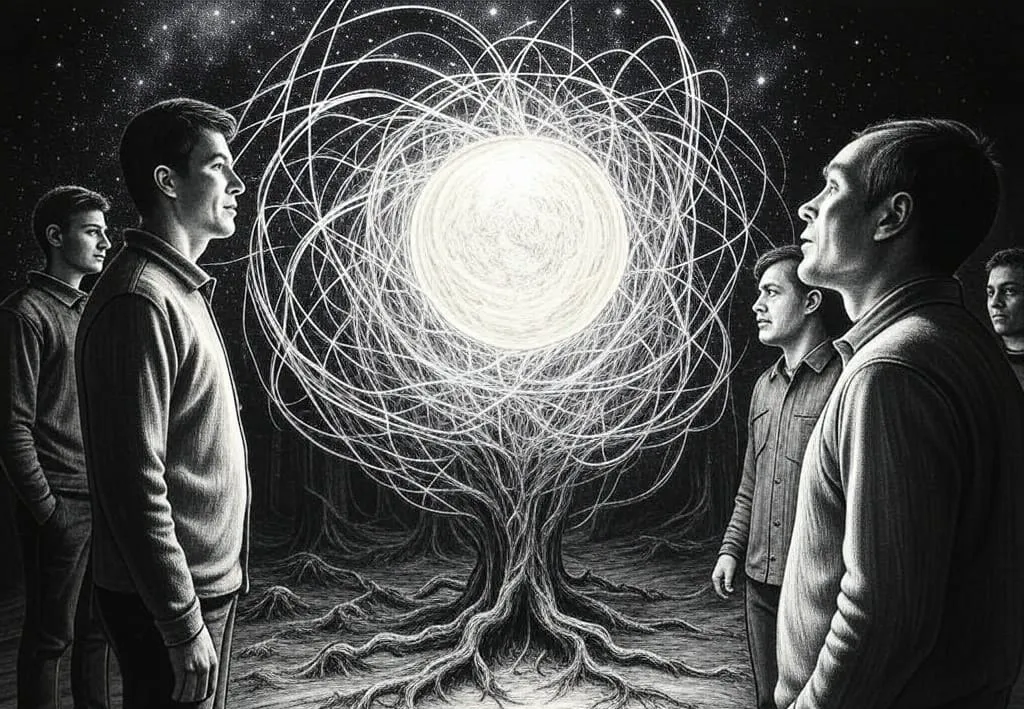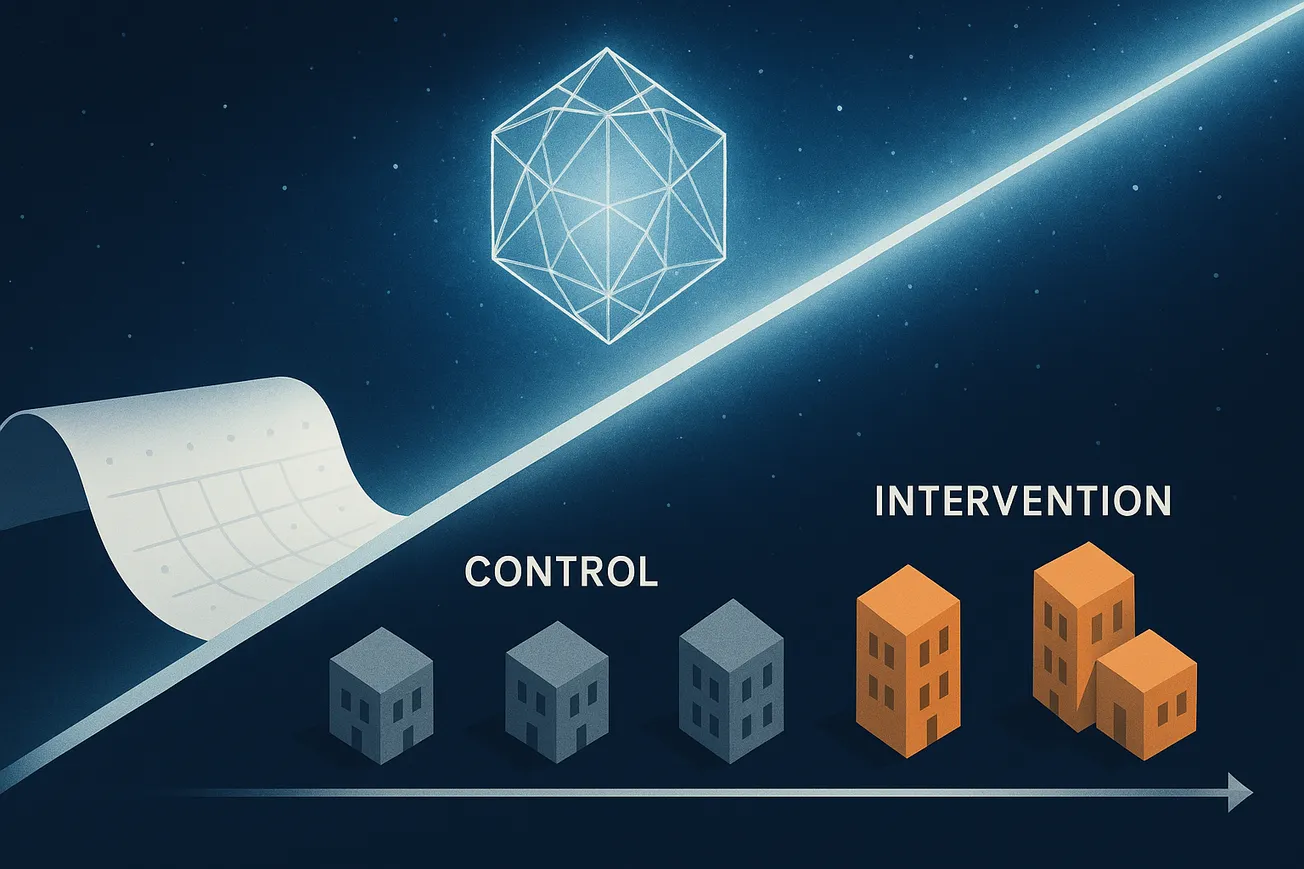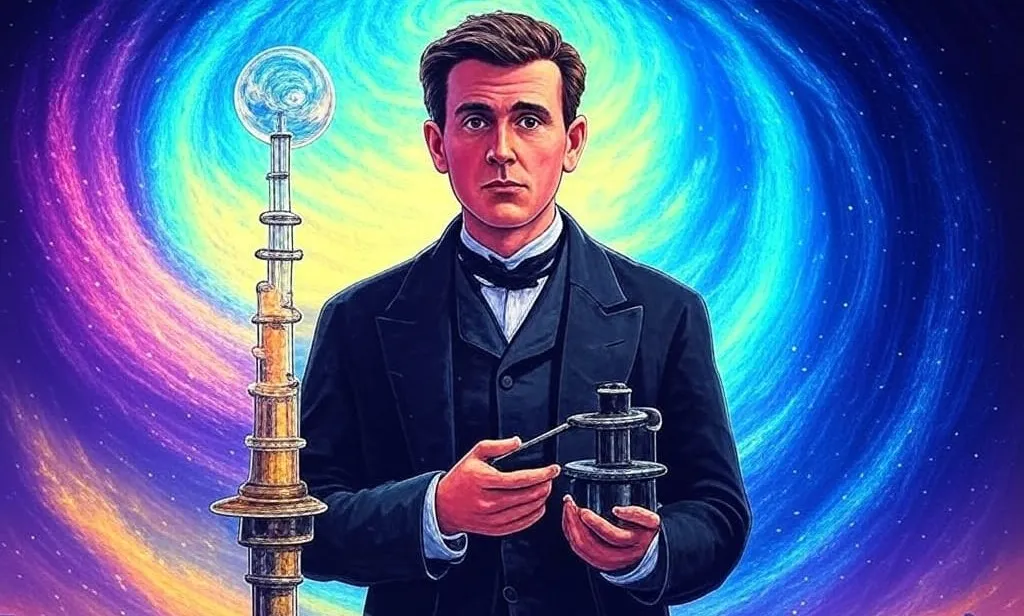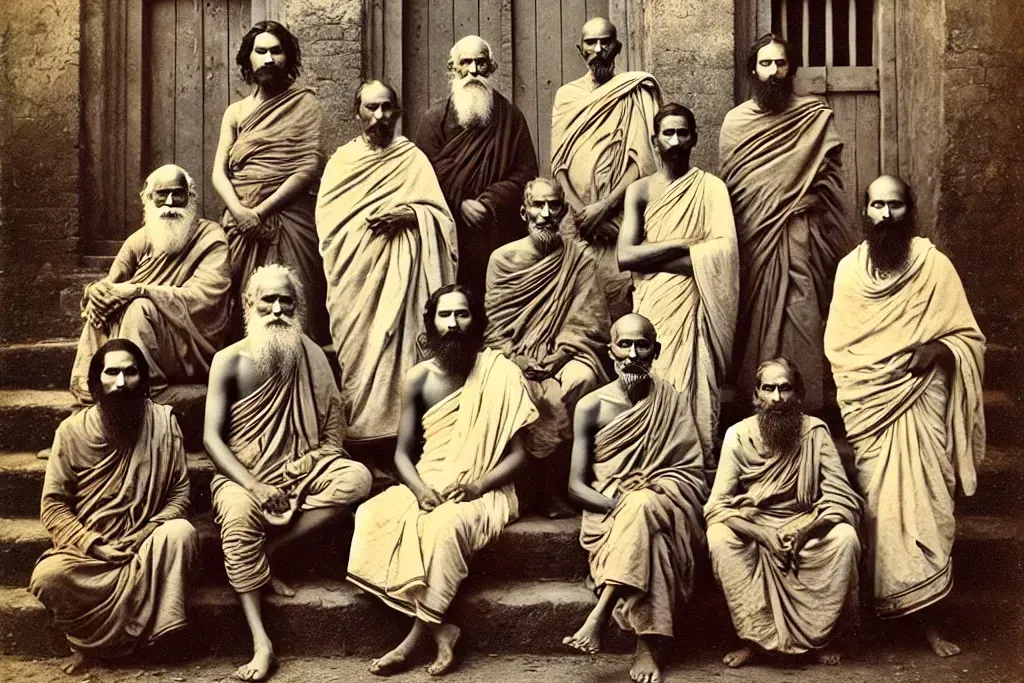Below is a concise list of the core “aha” moments (epiphanies) and novel insights from the podcast between Curt Jaimungal and Jaboc Barandes, arranged from more conventional observations (lower originality) to the more radical, cutting-edge ideas (higher originality). Each bullet summarizes the key idea or message in brief.
(1) Standard but Important Background Clarifications
- Wave vs. Particle Distinction:
Quantum-mechanical “wave” functions in configuration space are not the same as classical waves in physical 3D space (e.g., electromagnetic waves). Confusing those leads to misconceptions about wave-particle duality. - Born-Rule Measurements vs. Reality in Between:
Textbook quantum mechanics (Dirac–von Neumann axioms) only defines what happens at measurements; it remains silent on what “really” happens between them. This fosters the measurement problem and interpretational confusion. - Entanglement ≠ Simple Correlation:
Entangled states are not just classical correlations (like matching socks). They exhibit stronger-than-classical statistical effects (e.g., violating Bell-type inequalities), which are not explainable by local hidden variables.
(2) Specific Pitfalls of Common Interpretations
- Bell’s Theorem and Its Misinterpretations:
Bell’s 1964 result does not forbid hidden variables outright. It only forbids local deterministic hidden variables given certain assumptions about causation. Meanwhile, Bohm’s pilot-wave theory (a hidden-variables approach) is allowed by Bell but is deeply nonlocal and struggles with relativistic field theory. - Copenhagen’s Instrumentalism:
Copenhagen or textbook “collapse” interpretations remain vaguely defined—particularly about where and how collapse is triggered—and often rely on a nebulous measurement–classical boundary. - Many-Worlds Probability Troubles:
If every measurement branches the wavefunction, it is unclear how to get Born-rule probabilities from an uncountable infinity of “equally real” branches. Decision-theoretic or decoherence-based fixes introduce additional axioms or still leave “preferred basis” and measure-of-branches issues open.
(3) Indivisible Stochastic Processes in Lieu of Wavefunctions
- Dropping the Wavefunction as Fundamental:
Proposes that Schrödinger’s state vector is not the real ontology; instead, it is a “dual” representation of an underlying, purely probabilistic, non-Markovian stochastic process in ordinary 3D space (or configuration space). The wavefunction is then a calculational device rather than physically real. - Non-Markovian Yet Not Memory-Hoarding:
The theory’s “indivisible” stochastic evolution bypasses the usual Markov chain approach (where only immediate past matters). Here the process is fundamentally single-step—no infinite hierarchy of conditional probabilities. In Hilbert-space form, that corresponds to the complex amplitudes we normally track as “phases.” - Entanglement = Non-Factorizability of the Overall Stochastic Law:
Entangled systems share one overarching indivisible stochastic rule, rather than two separate factorized rules, once an interaction has occurred. Until a “division event” (measurement-like interaction) re-factorizes them, the two components remain correlated via that single rule.
(4) Rethinking Causality and Locality
- Avoiding the “Agent/Measurement” Trap in Causation:
Much of the Bell/EPR argument hinges on assumptions about agents performing free interventions. The indivisible-stochastic approach frames causal relationships directly in terms of conditional probabilities of physical configurations, not abstract “measurements.” - Local Causality Without Superluminal Influence:
By carefully defining how probabilities propagate via non-Markovian laws, one can have no action-at-a-distance among “entangled” subsystems. The “common cause” was the past local interaction, not some ephemeral nonlocal signal.
(5) Pathway to a Quantum-Gravity-Like Reformulation
- Stochastic Gravity Instead of Hilbert-Space Gravity?:
Suggests investigating a fully probabilistic/stochastic version of general relativity—something that is not simply “GR + small random noise,” but a genuine Markovian or non-Markovian extension. This might sidestep many longstanding roadblocks in canonical “quantize gravity” approaches. - Unified Emergence of Thermodynamics & Probability:
By having probabilities as laws (rather than purely subjective or emerging from initial conditions), one may more naturally explain thermodynamic irreversibility without recourse to special, low-entropy initial states or exotic ergodicity assumptions. - Fresh Directions for Quantum Field Theory and Beyond:
Because standard quantum field theories rely on infinite-dimensional Hilbert spaces and partial cutoffs, recasting them as underlying probabilistic processes (one set of universal, indivisible stochastic rules) may simplify or reveal new insights—especially at high energies or in cosmological contexts.
(6) General Advice for Researchers and Learners
- Interpretational Gaps Remain:
There is no single universal interpretation accepted as final. Each has major open questions or requires big leaps of faith. That leaves fertile ground for new frameworks, such as indivisible stochastic approaches. - Leaning Into “Weaknesses” as Strengths:
Seemingly awkward traits (e.g., not having typical “common sense”) can become assets in foundational research, pushing one to question assumptions more rigorously rather than relying on intuition. - Importance of Being Human and Collaborative:
On a more practical note, a person’s scientific “reputation” is best served by being someone others want to work with. Treating others respectfully fosters supportive research networks, ultimately benefiting one’s work in quantum foundations or any field.







